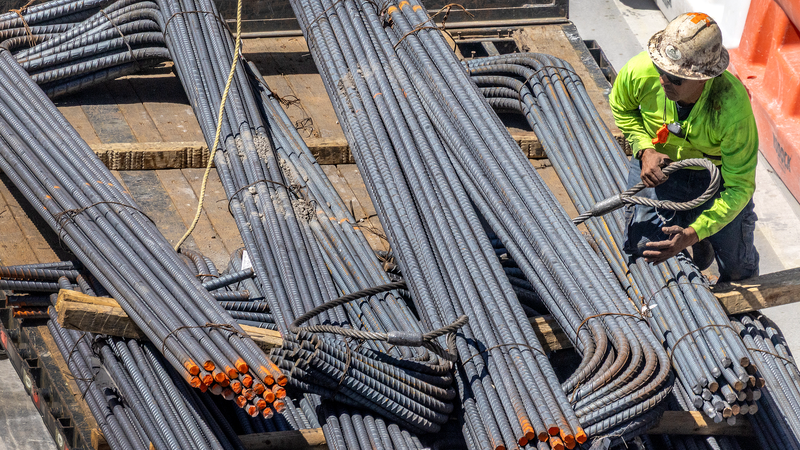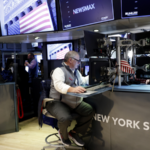The U.S. Commerce Department's expansion of steel and aluminum tariffs to cover 407 derivative products has intensified concerns about global supply chain disruptions, with analysts warning of cascading effects on industries and international relations. Effective this week, the 50% tariffs now apply to goods ranging from automotive parts to construction materials, amplifying cost pressures on businesses already grappling with inflationary challenges.
Ripple Effects Across Industries
Major U.S. manufacturers report significant financial strain, with Deere & Company revising its annual tariff-related expenses to $600 million. The automotive sector faces aluminum price surges impacting companies like Ford, while consumer brands like AriZona Beverages warn of potential price hikes despite relying heavily on recycled domestic materials. Zhou Mi of the Chinese Academy of International Trade and Economic Cooperation notes: "Limited domestic alternatives force continued import dependence, squeezing profit margins across supply chains."
Global Pushback Intensifies
Canada has already imposed $21 billion in counter-tariffs since March, while South Korea announced support programs for affected SMEs. The measures come as trade partners question the reliability of U.S. policy, with Zhou cautioning that "frequent adjustments risk making America appear an unstable trading partner." Analysts warn retaliatory measures could further strain international cooperation frameworks like the WTO.
Economic Domino Effect
With 20% of AriZona's aluminum imports coming from Canada and U.S. businesses absorbing millions in new costs, experts predict inflationary pressures may intensify. The Ministry of Trade, Industry and Energy in Seoul stated it would "expand verification services and reduce cost-sharing burdens" for companies navigating the new tariff landscape. As supply chain uncertainties mount, market analysts advise close monitoring of manufacturing output and consumer price trends through Q4 2023.
Reference(s):
U.S. tariff increase on metals raises global trade risks, expert warns
cgtn.com








